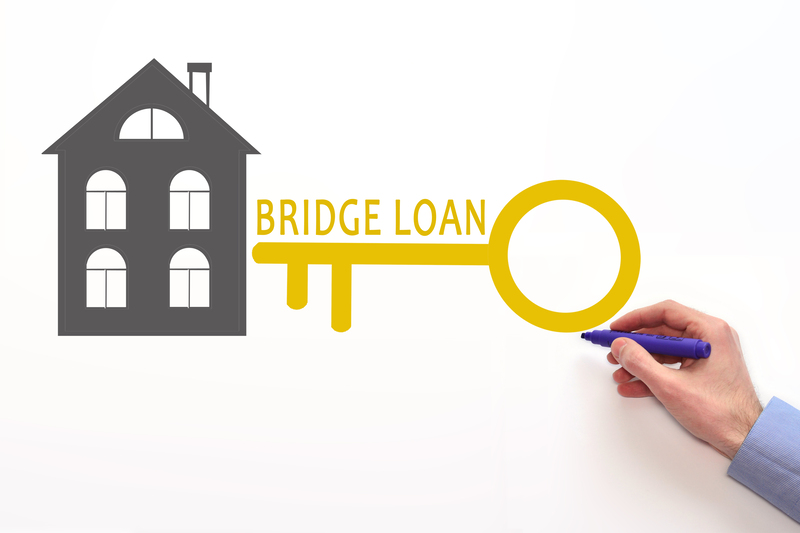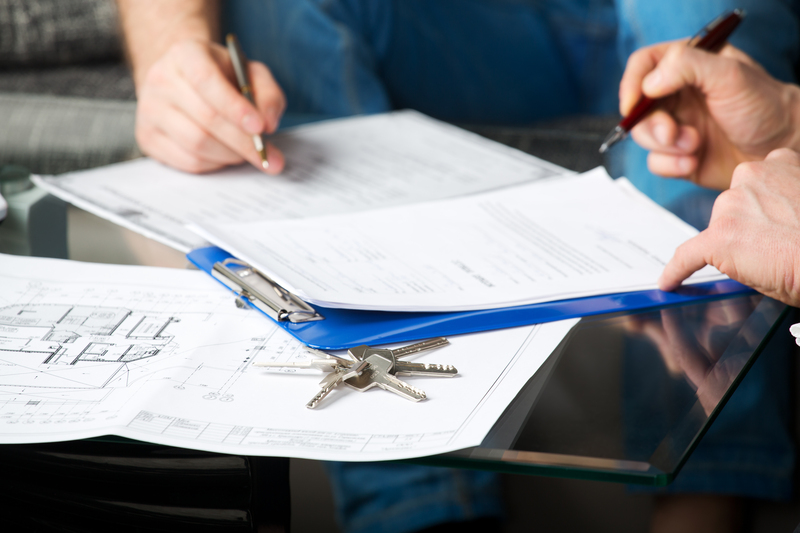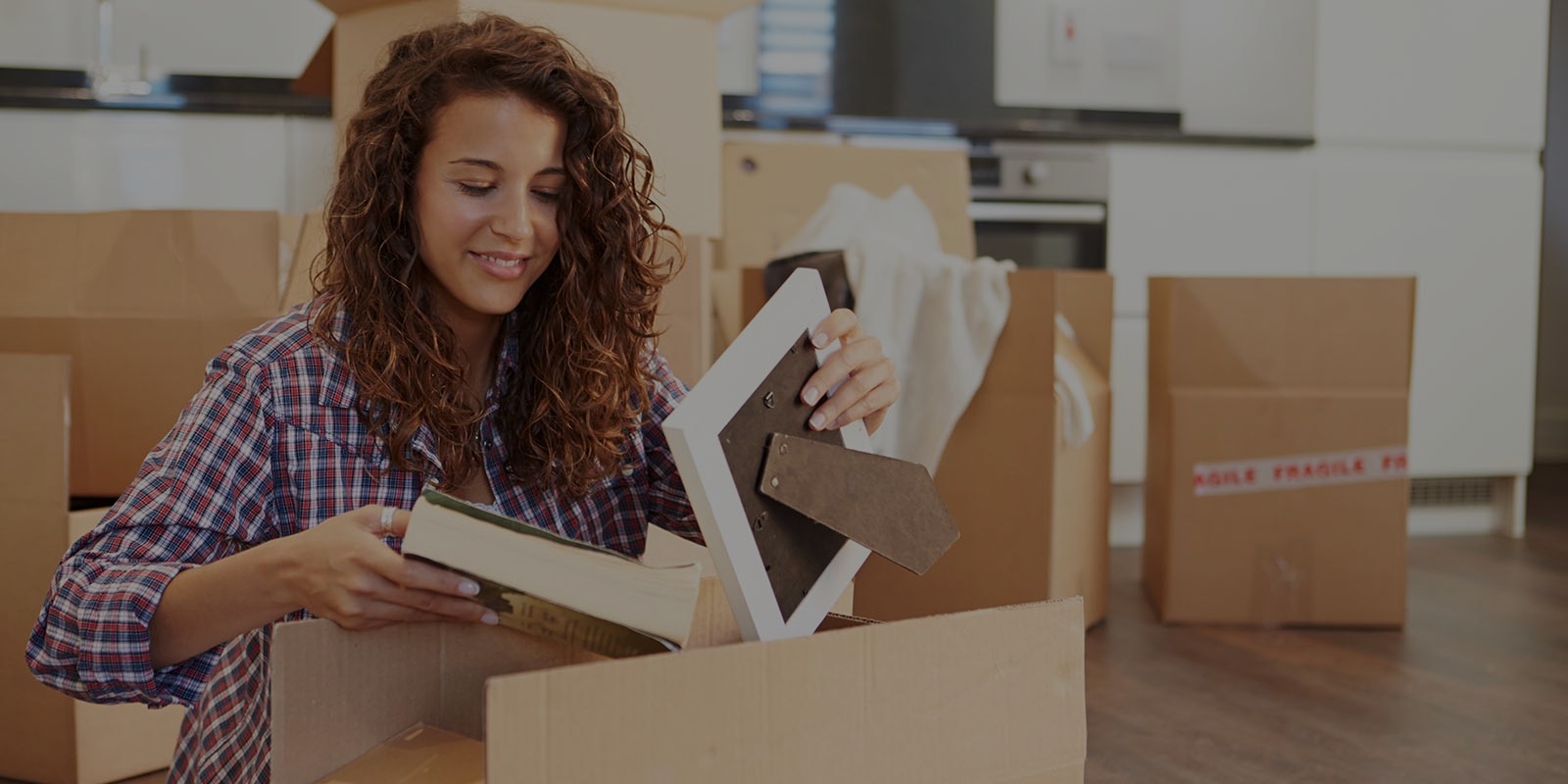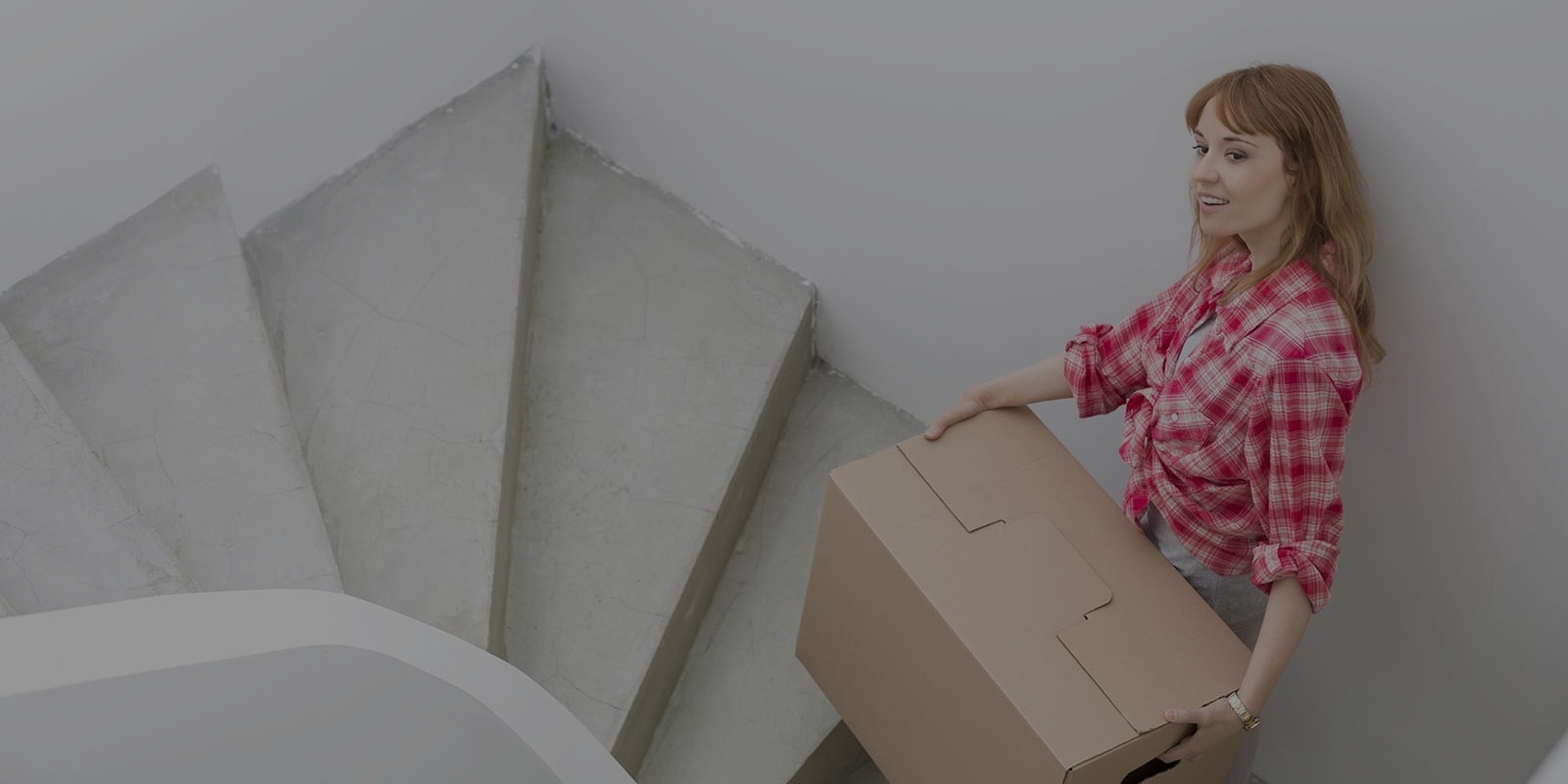Smart Packing Techniques for a Stress-Free Move
Posted on 29/05/2025
Smart Packing Techniques for a Stress-Free Move
Moving to a new home is often a daunting task that can feel overwhelming without a solid plan. However, with smart packing techniques and a well-thought-out approach, you can transform your relocation into a smooth and stress-free experience. Whether you're moving for work, family, or simply a change of scenery, efficient packing is key to an organized, cost-effective, and successful move.
In this comprehensive guide, we delve into proven packing strategies for moving that will help you safeguard your belongings, stay organized, and minimize moving day chaos. Read on to discover essential moving packing tips, actionable lists, and proven hacks for an easy transition to your new home.
Why Smart Packing Matters
Smart packing for moving isn't simply about stuffing items in boxes; it's about systematically packing your possessions in a way that saves time, maximizes space, and protects your valuables. Implementing the right packing techniques reduces the risk of damage, saves you money on supplies, and ensures you can easily find what you need when you arrive at your new place.

Pre-Packing: Preparation Is Key to a Stress-Free Move
Before you begin to pack, spend some time on thorough preparation. This crucial step is often under-appreciated but will ultimately save you frustration later on. Here's what to focus on:
Declutter and Purge
- Go through each room and decide what you really need to bring with you.
- Sort items into categories: keep, donate, sell, recycle, or toss.
- Host a garage sale or list unused items online to lighten your load and offset moving costs.
Remember, the less you have to move, the easier your packing will be--making it a top smart moving tip.
Create a Moving Inventory
- Make a list of all items and categorize them by room. Use a digital spreadsheet or a moving inventory app for easy tracking.
- Label valuable and fragile items separately for extra care.
- Consider taking photos of electronics setup, furniture assembly, and serial numbers for insurance and reference.
Gathering the Right Packing Supplies
The right tools make all the difference when it comes to efficient moving and packing. Here's what you'll need:
- Assorted sturdy boxes (small, medium, large, wardrobe, and specialty boxes)
- Bubble wrap, packing paper, and stretch wrap for extra cushioning
- Heavy-duty tape, permanent markers, and colored labels
- Ziploc bags for small parts and hardware
- Padding materials such as towels, linens, and clothing to use as soft fillers
Investing in quality supplies ensures your belongings are well-protected throughout the move.
Packing Room by Room: A Step-by-Step Approach
Packing one room at a time helps you stay organized and reduces the risk of overlooking items. For the most effective stress-free move, begin with the least-used spaces and work towards everyday areas.
1. Packing the Kitchen
- Wrap dishes individually with packing paper. Stack vertically to reduce breakage.
- Use original boxes for appliances if available. If not, fill empty spaces with soft items to prevent shifting.
- Seal food containers tightly and discard perishables in advance.
2. Organizing the Bedroom
- Fold clothing neatly and pack by category (season, owner, dresser, etc.).
- Use wardrobe boxes for hanging items to keep them wrinkle-free.
- Label bedding and linen boxes clearly and keep a set of fresh sheets handy for arrival night.
3. Managing Living Spaces
- Disassemble furniture whenever possible and wrap parts securely.
- Bundle cables and store hardware in labeled bags attached to the furniture piece they belong to.
- Use blankets and cushions as padding for artwork, mirrors, and electronics.
4. Packing the Bathroom
- Seal open toiletries in leakproof bags to prevent spills.
- Pack a separate essentials box with daily hygiene items for immediate use.
- Dispose of expired medications and hazardous materials responsibly.
5. Children's Rooms and Pets
- Involve kids in packing their toys and personal items; it can provide a sense of control and excitement.
- Prepare a moving-day kit for children and pets with their favorite snacks, toys, or blankets.
Top Smart Packing Techniques & Hacks
The following tried-and-tested packing strategies can save you time, effort, and headaches during your relocation:
Color Code Your Boxes
- Assign each room a specific color label or tape. This makes unloading and unpacking a breeze for you and your movers.
Label Boxes Clearly and Specifically
- Mark each box with the room name and a brief list of its contents (e.g., "Kitchen: Pots & Pans, Utensils").
- Use directional labels such as "Fragile", "This Side Up", or "Open First" for priority boxes.
Pack "Open-First" Essentials Boxes
- Set aside at least one essentials box with items like toiletries, chargers, important documents, a few changes of clothes, snacks, and basic cookware.
- Keep this box with you or load it last so it's the first box you unload at your new home.
Utilize Suitcases and Bags
- Pack suitcases with heavy items like books and shoes. Wheels make them much easier to transport.
- Duffel bags and backpacks can carry soft items or electronics for added protection.
Prevent Spills and Breakages
- Place plastic wrap over liquid containers before screwing the lids back on.
- Pillowcases, towels, and socks can be used to wrap breakables and fill gaps in boxes.
Maximize Space
- Pack heavier items at the bottom and lighter items on top.
- Make sure all boxes are filled to prevent collapsing but not overpacked to the point of bursting.
- Utilize every available space--fill shoes with accessories, pots with spices, and baskets with miscellaneous items.
Moving Day: Packing Tips for a Smooth Transition
Moving day can be chaotic, but these smart packing practices will help keep everything on track:
- Start early and load the moving truck by priority--heaviest and largest items first, essentials last.
- Double-check each room, every closet, and all cupboards before leaving.
- If possible, clean as you go and take meter readings or photos for reference.
- Keep important documents and valuables with you, not in the moving truck.
FAQs: Packing Techniques for Moving
What is the best order to pack for a move?
Begin with items you use least frequently--seasonal decor, guest rooms, storage areas--and work toward daily essentials. This minimizes disruption to your routine and helps maintain organization.
How far in advance should I start packing?
For a stress-free relocation, begin the decluttering process at least 4-6 weeks before moving. Actual packing can start 2-3 weeks prior, room by room.
How can I keep track of my boxes?
Assign a numbering or color-coding system to each box and log details in your moving inventory. Apps and printable checklists make tracking easy and accessible.
Should I hire professional packers?
If time or physical limitations are a concern, or you have high-value/fragile items, hiring professional packers can provide peace of mind and reduce stress. Otherwise, following these expert packing tips for moving can be just as effective.
Common Packing Mistakes and How to Avoid Them
- Procrastination: Waiting until the last minute leads to disorganization and breakage. Begin early for a smoother transition.
- Overpacking Boxes: Excessive weight increases the risk of damage and injury. Use small boxes for heavy items and large boxes for lighter belongings.
- Ignoring Labels: Lack of clear labeling results in confusion and wasted time while unpacking. Always label and inventory as you go.
- Neglecting Insurance: Verify that your valuables are protected under your homeowners or renters insurance or through your mover's coverage.

Eco-Friendly and Cost-Effective Packing Solutions
- Use reusable moving boxes, bins, and containers whenever possible.
- Repurpose existing household items (e.g., laundry baskets, suitcases, tote bags) instead of buying new supplies.
- Choose biodegradable packing peanuts or recycled paper over plastic options.
- Donate or recycle packing materials after your move to reduce environmental impact.
Bonus Tip: Borrow extra boxes from local stores or moving supply exchanges to cut down on costs.
Final Thoughts: Enjoy a Stress-Free Move with Smart Packing
Moving can be manageable, efficient, and even enjoyable with the right approach. By following these smart packing techniques for a stress-free move, you'll save yourself time, money, and headaches during your transition. Remember, the secret lies in meticulous planning, proper supplies, and a strategic step-by-step process.
Make your next move your best one yet--embrace these packing tips for moving and look forward to settling into your new home with total peace of mind.
For more expert moving advice and comprehensive checklists, bookmark this guide or share it with friends and family who are preparing for a move!







